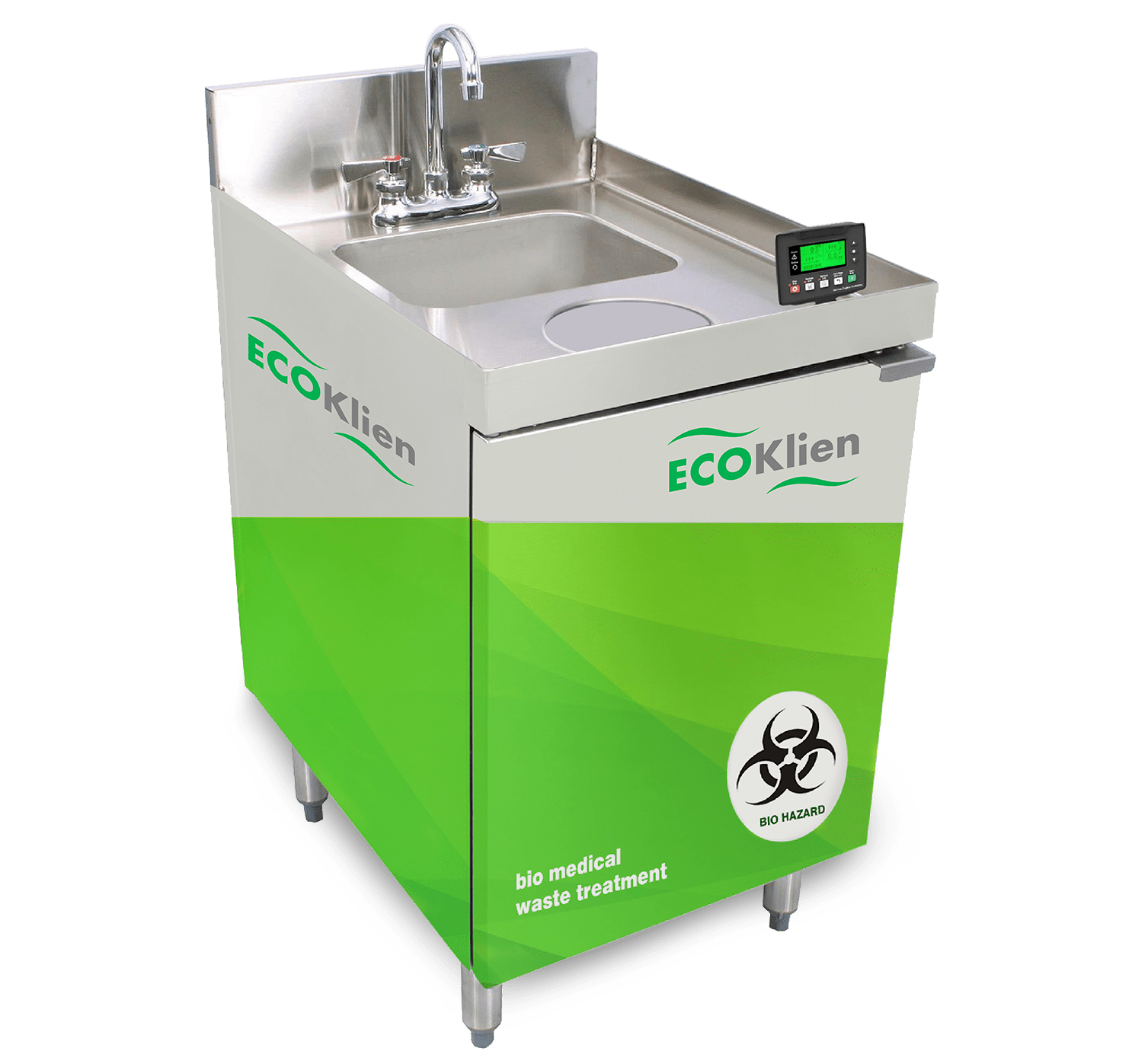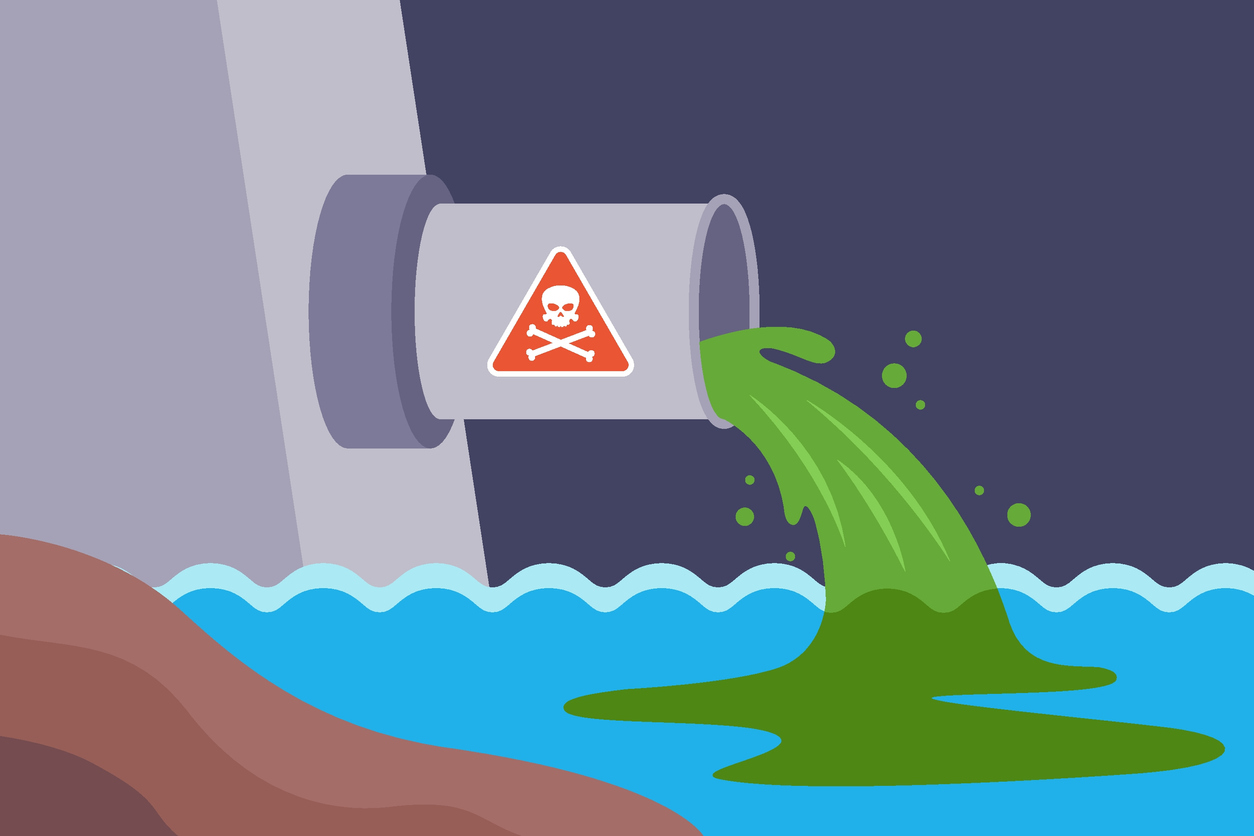Comprehensive Liquid Waste Disposal: Solutions for Houses and Businesses
Comprehensive Liquid Waste Disposal: Solutions for Houses and Businesses
Blog Article
Exactly How Liquid Waste Disposal Works: A Detailed Overview of Techniques and Technologies Used

Summary of Liquid Waste Types
The intricacy of liquid waste kinds necessitates a comprehensive understanding of their features and ramifications for disposal. Fluid waste can broadly be classified into a number of kinds, including industrial, metropolitan, agricultural, and harmful waste. Each category displays distinct residential properties, requiring certain management methods to mitigate environmental and wellness risks.
Industrial fluid waste stems from producing procedures and usually consists of a series of contaminants, such as hefty metals, solvents, and natural compounds. Municipal fluid waste, mostly consisting of wastewater from households and commercial establishments, includes organic matter, nutrients, and virus (industrial wastewater treatment). Agricultural fluid waste, including overflow from ranches, may have fertilizers, chemicals, and animal waste, positioning dangers to water high quality and ecological communities
Hazardous fluid waste is defined by its poisoning, sensitivity, or potential to create damage. Understanding these varied liquid waste kinds is vital for developing reliable disposal techniques and guaranteeing conformity with environmental laws.
Physical Therapy Methods

Testing is the preliminary step, where larger particles and debris are gotten rid of from the fluid waste making use of displays or grates. This process safeguards downstream equipment from damages and makes certain smoother procedure. Adhering to screening, sedimentation utilizes gravitational force to different solids from fluids. In sedimentation storage tanks, heavier fragments resolve near the bottom, developing a sludge layer, while the cleared up liquid can be additional treated.
Filtration is an additional crucial technique that involves passing the fluid through permeable materials, such as sand or membrane layers, to catch smaller sized bits. This action improves the top quality of the liquid, making it ideal for subsequent therapy processes.

Chemical Treatment Methods
Chemical therapy strategies are necessary for effectively handling liquid waste, specifically in dealing with dissolved and colloidal pollutants that physical techniques might not appropriately get rid of. These strategies utilize numerous chemical representatives to neutralize, speed up, or change unsafe materials right into much less unsafe kinds.
One typical technique is coagulation and flocculation, where chemicals such as alum or ferric chloride are contributed to promote the aggregation of suspended particles. This procedure boosts sedimentation, enabling less complicated elimination of the resulting sludge. In addition, oxidation procedures, utilizing agents like chlorine or ozone, are employed to damage down complicated organic compounds and pathogens, providing the waste much safer for discharge or additional treatment.
Neutralization is an additional essential method, which changes the pH of acidic or alkaline waste streams to neutral levels, avoiding possible injury to downstream systems and the atmosphere. Furthermore, progressed oxidation procedures (AOPs) make use of mixes of oxidants and ultraviolet light to break down consistent pollutants, attaining a higher degree of treatment efficiency.
Organic Treatment Procedures
Biological therapy processes play a crucial function in the management of fluid waste by utilizing microbes to break down raw material and lower pollutant degrees. These processes can be extensively classified into anaerobic and aerobic therapies, each employing certain microbial communities to accomplish reliable waste degradation.
Cardiovascular therapy includes the usage of oxygen additional info to facilitate the malfunction of natural materials by microorganisms. This process is frequently implemented in triggered sludge systems, where oygenation containers offer a favorable setting for microbial growth, resulting in the oxidation of natural toxins. The resultant biomass can be divided from treated effluent through sedimentation.
In comparison, anaerobic therapy takes place in the absence of oxygen, depending on different germs to damage down natural issue. This method is specifically advantageous for high-strength waste, as it generates biogas, a renewable energy source, while lowering sludge production. Technologies such as anaerobic digesters are frequently employed in community and industrial applications.
Both aerobic and anaerobic biological treatments not only minimize the environmental impact of liquid waste but also assist in resource recovery, making them important elements of sustainable waste management strategies. Their effectiveness, efficiency, and flexibility sustain their extensive implementation throughout different industries.
Emerging Technologies in Disposal
Cutting-edge methods to liquid garbage disposal are rapidly evolving, driven by innovations in innovation and an enhancing emphasis on sustainability. Amongst these emerging innovations, membrane bioreactors (MBRs) have actually acquired grip for their capability to combine biological treatment with membrane layer filtration, causing top notch effluent that can be reused in numerous applications. MBRs enable smaller sized footprints and a lot more efficient procedures compared to standard systems.
An additional appealing growth is the use of anaerobic food digestion combined with nutrient healing technologies, which not only deals with fluid waste but additionally creates biogas and recuperates beneficial nutrients like nitrogen and phosphorus. This dual benefit enhances resource effectiveness and lowers environmental effect.
In addition, progressed oxidation processes (AOPs) are being taken on for the degradation of complex organic toxins. These approaches utilize powerful oxidants and catalysts to damage down pollutants at the molecular degree, supplying a highly effective option for tough waste streams.
In addition, the integration of synthetic intelligence and artificial intelligence in waste monitoring link systems is maximizing functional performance and anticipating upkeep, bring about reduced costs and improved ecological conformity. These modern technologies mirror a substantial change in the direction of even more reliable and lasting fluid garbage disposal methods.
Final Thought
To conclude, efficient liquid waste disposal demands a thorough understanding of numerous techniques and innovations. The integration of physical, chemical, and biological therapy techniques guarantees the efficient management of varied waste types. Furthermore, the emergence of cutting-edge innovations enhances therapy efficiency and promotes sustainability in waste monitoring methods. By constantly progressing these methods, it becomes feasible to attend to the growing obstacles connected with liquid waste, inevitably contributing to environmental management and source healing.
Liquid waste disposal is a critical element of ecological management, needing a Look At This comprehensive understanding of different methods and technologies tailored to different waste kinds. Fluid waste can broadly be categorized right into numerous kinds, including industrial, local, farming, and hazardous waste. Agricultural liquid waste, including overflow from ranches, might contain fertilizers, pesticides, and animal waste, presenting threats to water quality and communities.
Different physical therapy approaches play a critical role in handling liquid waste successfully - industrial wastewater treatment.In verdict, efficient fluid waste disposal demands a thorough understanding of numerous strategies and technologies
Report this page